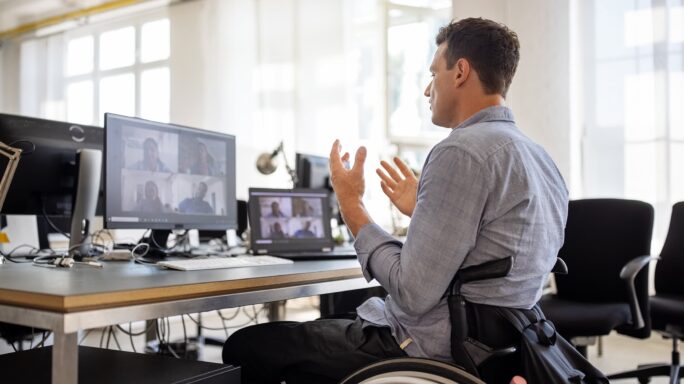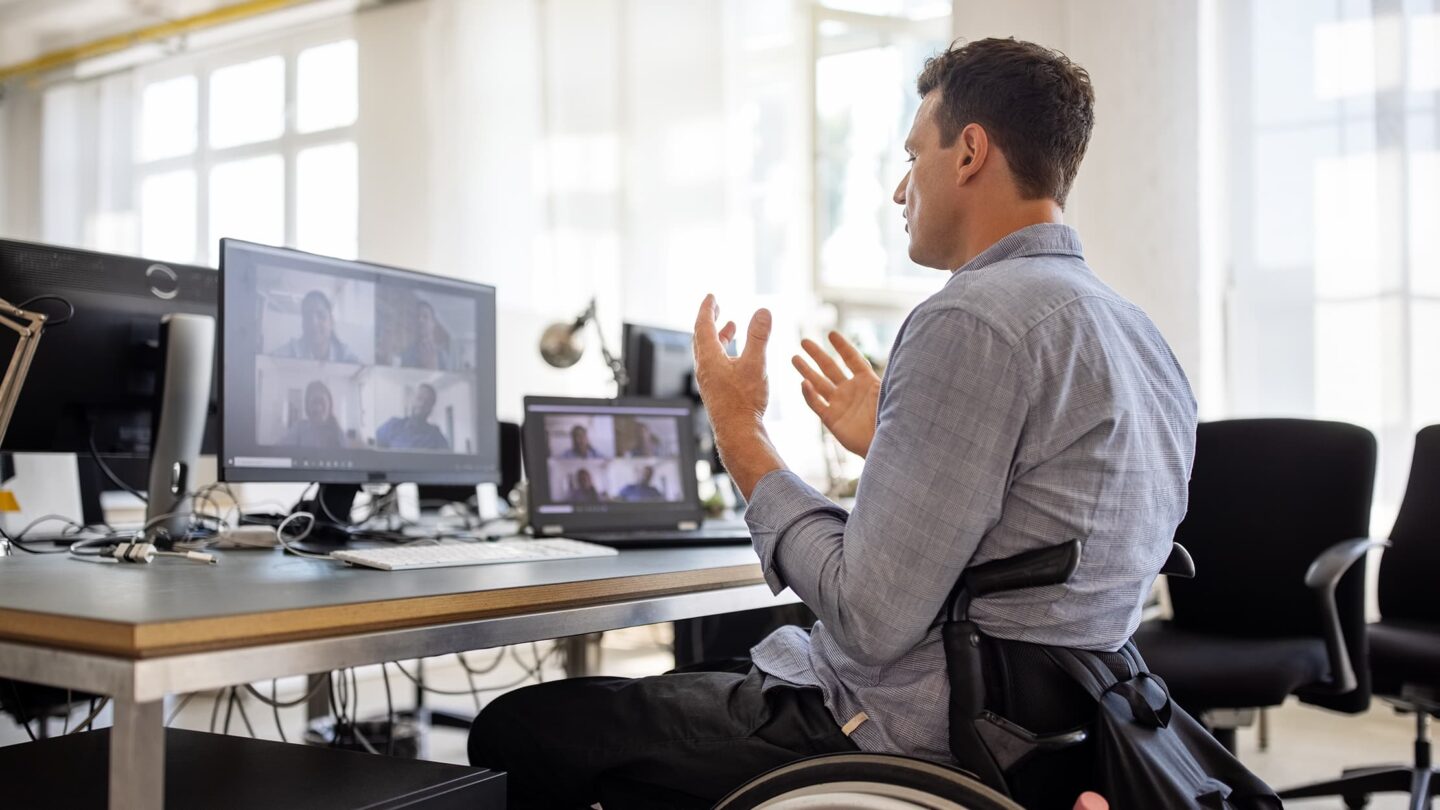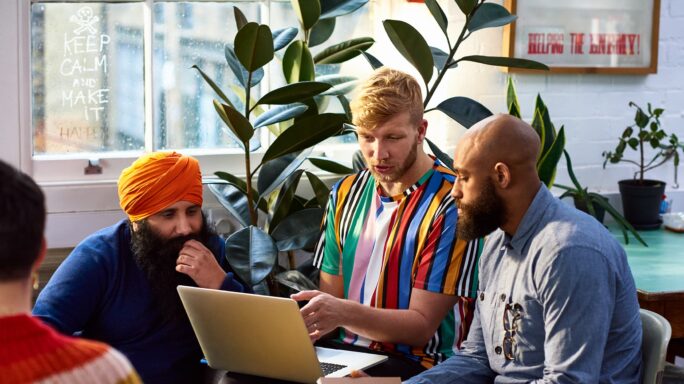Accessibility
Our accessibility roadmap: implementing best practise at Sage

At Sage, it is critical to us that we implemented accessibility across all teams as part of our pledge to make all our products and services accessible by 2025.
The Web Content Accessibility Guidelines (WCAG) 2.1 provide useful information on what to consider when making experiences more accessible. However, as part of our work to introduce accessibility best practise to our business, our team at Sage wanted to make the guidelines easier to use.
This involved breaking the guidelines down into a more digestible format that our colleagues would not only understand better, but also be able to implement them directly into their teams and processes.
Read on to find out how we did this by introducing accessibility best practices into our Sage ways of working…
Making accessible guidelines more accessible
There’s no easy way to put this… the WCAG guidelines are hard to understand.
They’re complex, long, and written in a way that, if you’re not a subject specialist, you’re going to struggle to understand what most of it means. It’s complicated.
At Sage, we are always looking for ways to break down barriers, so it was crucial for us to find a way to allow colleagues to effectively understand and use these day-to-day when developing our products and services.
Categorising disabilities and developing personas
After looking into various approaches of how to break down the guidelines for ease, we decided to group the guidelines to focus on the disabilities that they assist. This gave us around 12 different categories that covered most of the WCAG guidelines.
Discussions with Sage colleagues and our User Researcher for the Design System Team led to the suggestion of creating some personas alongside this work. This would help us better visualise who we are trying to support using the 12 different categories.
We also developed five accessibility personas which you can read about on our accessibility hub.
The personas; Mary, Manuel, Anne, Ayesha, and David include a mixture of disabilities and accessibility challenges. Each persona covers a certain part of the WCAG guidelines.
Once this was in place, we tackled how to implement this into our relevant teams and products at Sage.
This involved expanding on each of the personas and showing which parts of the WCAG guidelines applied to each persona. To help us prioritise, we calculated the estimated number of users affected in each category.
Applying these tools to create accessibility roadmaps
The below image is an example of the roadmap we have created for the Mary persona. This shows how we broke this down into various WCAG success criteria that was relevant for this persona.

We then review our products and services against this persona to ensure we are meeting each area of criteria. Once we have tackled the pain points for each persona, we can confidently say that our products and services will be more accessible to users who live with that disability or challenge.
While we cannot categorically ensure that every point on this roadmap is relevant for every person who has Dyslexia, Dyscalculia, or is colour blind, we have worked to group these in an effective way so that we’re can support as many of their accessibility needs as possible.
Adaptability is the key to accessibility
There are no ‘one size fits all’ solutions when it comes to accessibility so best practise involves being adaptable. This ensures that our team at Sage can create products and services that are accessible to all, no matter their level of ability.
It was important from the start to have a clear path of how we are going to become a more accessible business. Having a clear approach to this when it comes to designing and developing our products and services, is critical to our journey.
We still have a lot of work to do around accessibility at Sage but with the right people and commitment, we will be able to achieve our goal.
Find out more about the work we are doing as a business to improve accessibility for our customers, colleagues, and partners. Visit our accessibility hub for additional information about the accessibility of our products, colleague training, and our design system.





